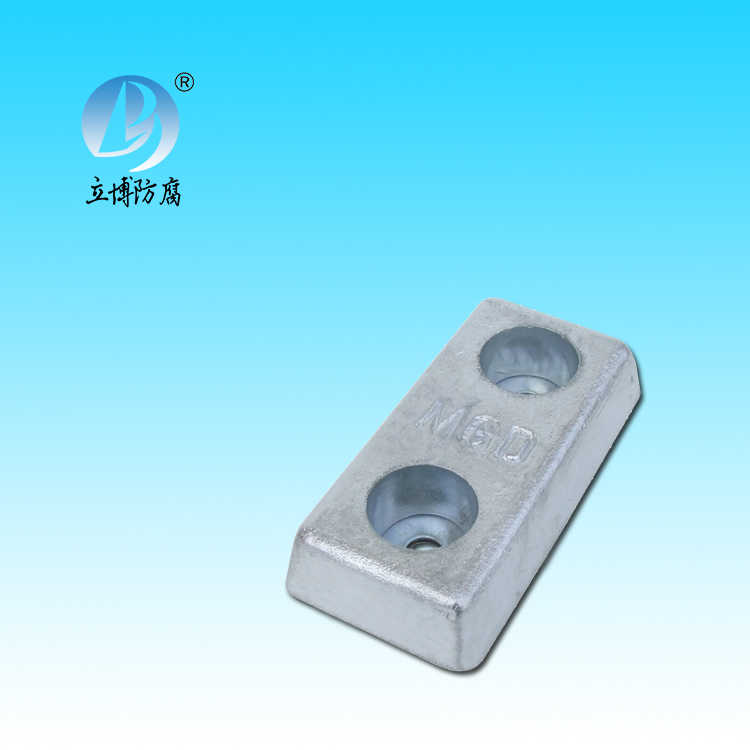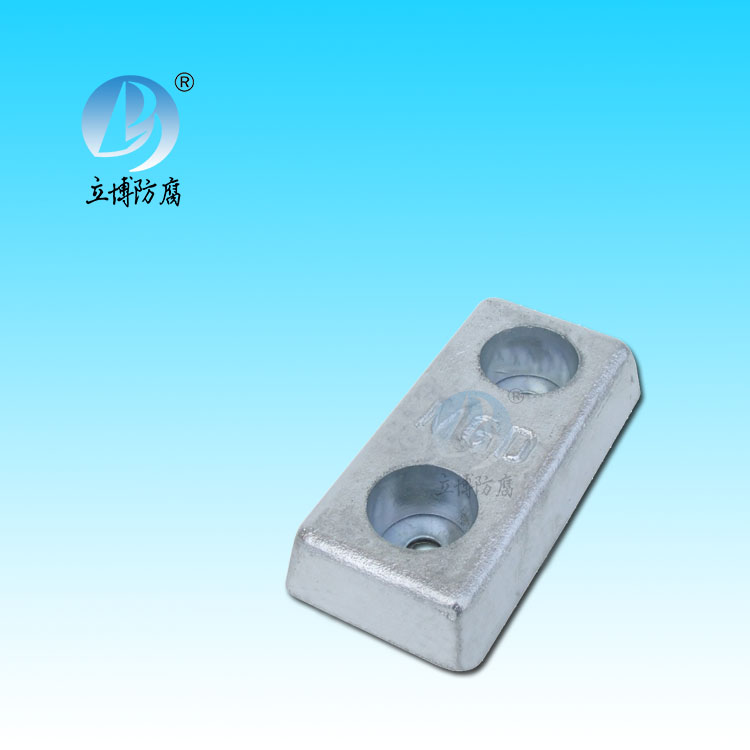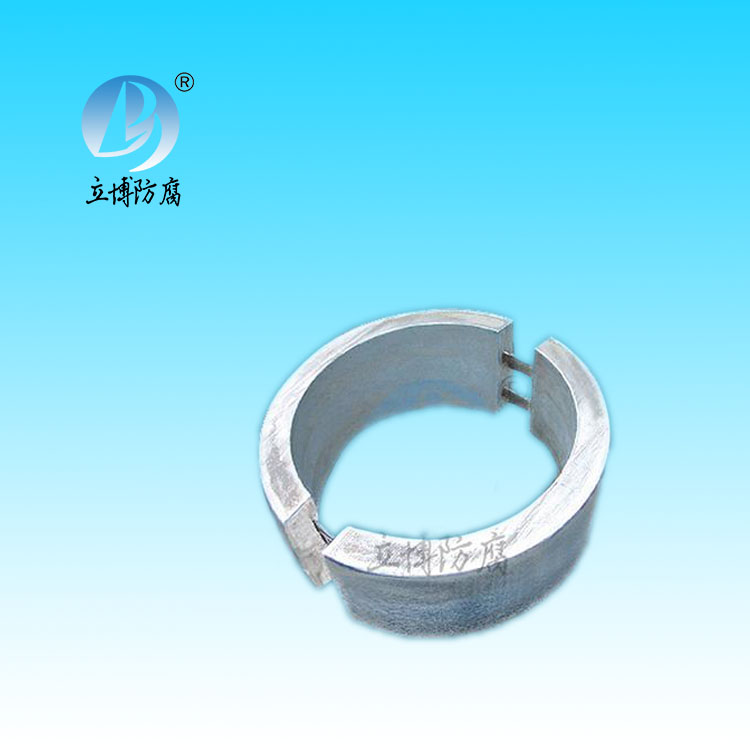News
News
- What is a sacrificial anode
- Basic requirements for reference...
- What does the reference electrode do...
- Why are zinc blocks attached to the ...
- What is the principle of impressed...
- What material does metal structure...
Contact
Phone:18739187123
hotline:0391-7588881
E-mail:970512272@qq.com
Address:Wuzhi County, Jiaozuo City, China
Q & A
Can the damaged galvanized layer lose its protective effect on the iron products?
- Author:Libo
- Source:wkmeufh.cn
- Date:2021-08-09
- Click:0

Damaged galvanized layer will not immediately lose its protective effect on iron products.
Because zinc is a more active metal than iron, it acts as the cathode in the formation of an galvanic cell, even if it is damaged, and protects the anode at the expense of the cathode, which is a common way of protecting metals
It is an effective method to prevent metal corrosion to cover the metal surface with various protective layers and separate the protected metal from the corrosive medium. There are two kinds of protective layer which are generally used in industry: non-metallic protective layer and metal protective layer. They are achieved by chemical, physical and electrochemical methods.
Sacrificial anode protection
Sacrificial anode protection is to use a metal or alloy with a lower electrode potential than the protected metal as the anode, which is fixed on the protected metal to form a corrosive battery, and the protected metal is protected as the cathode.
Sacrificial anodes are usually made of aluminum, zinc and their alloys. This method is often used to protect the hull of sea vessels, various metal equipment and components in seawater, and to prevent giant equipment (such as oil storage tanks) and oil pipelines








 客服QQ
客服QQ